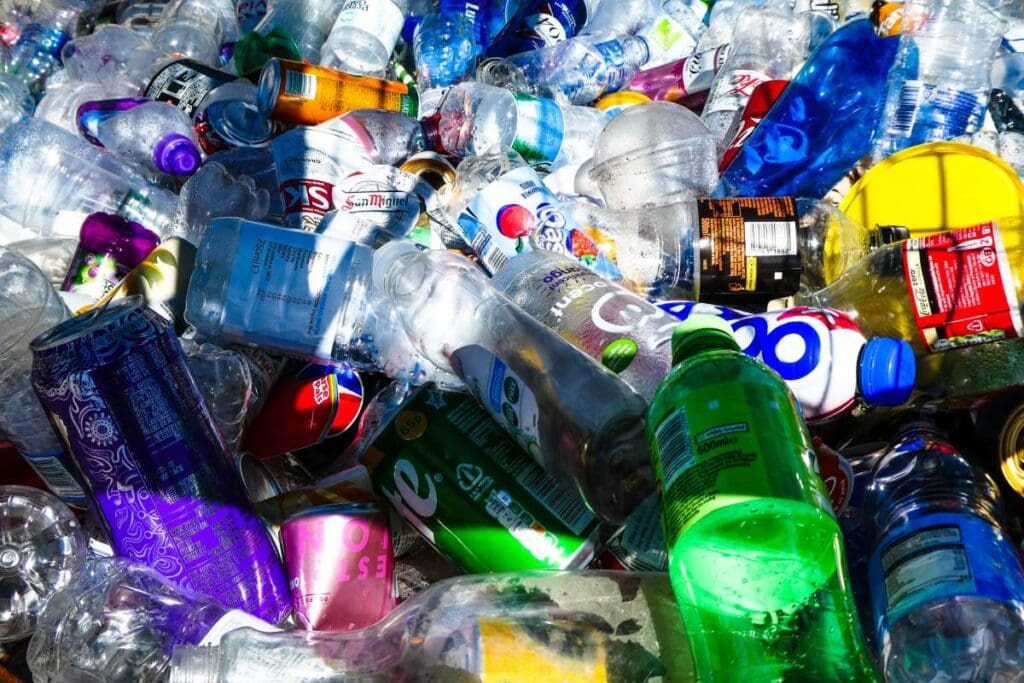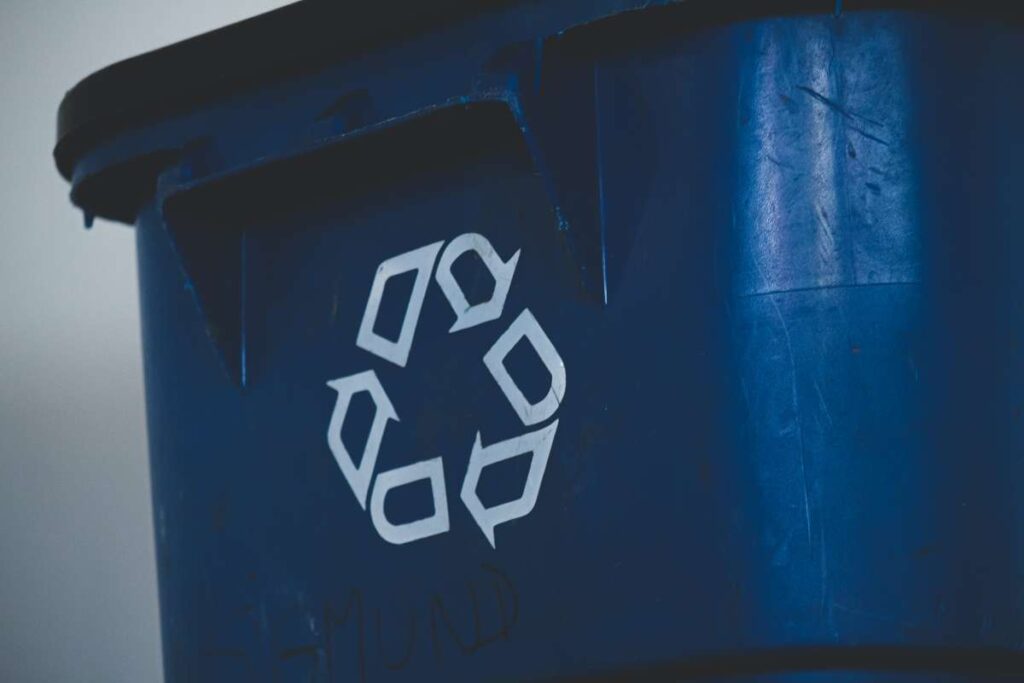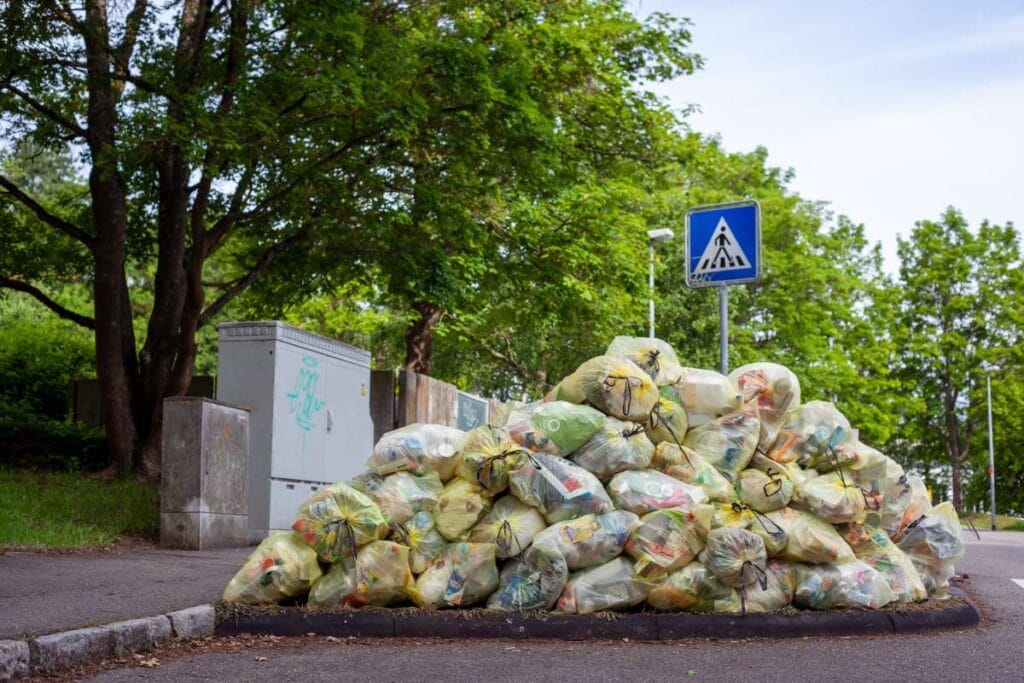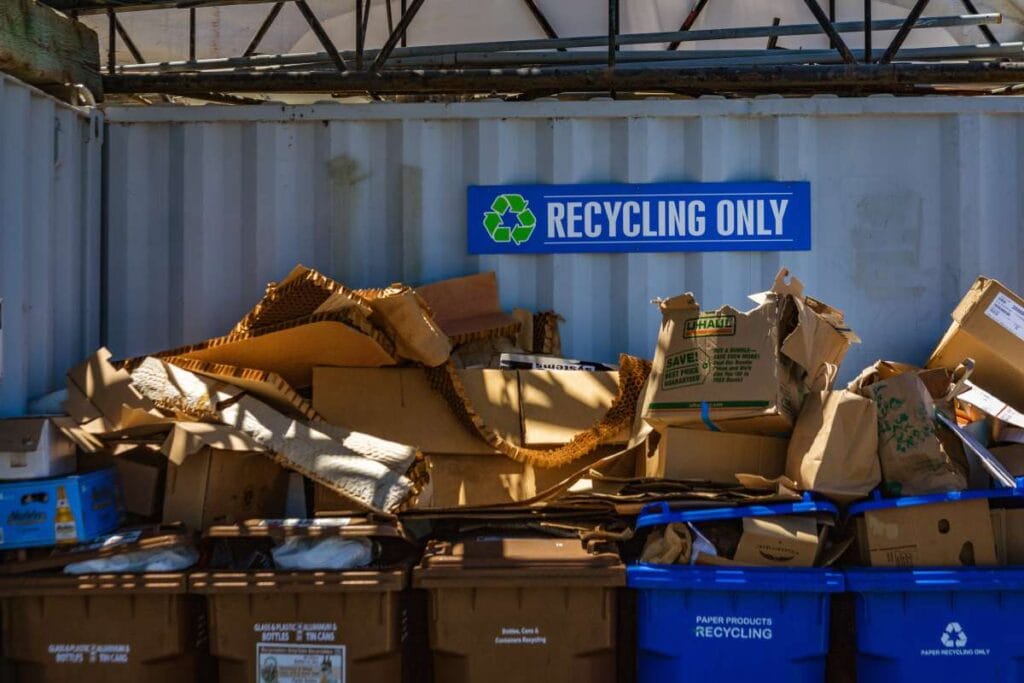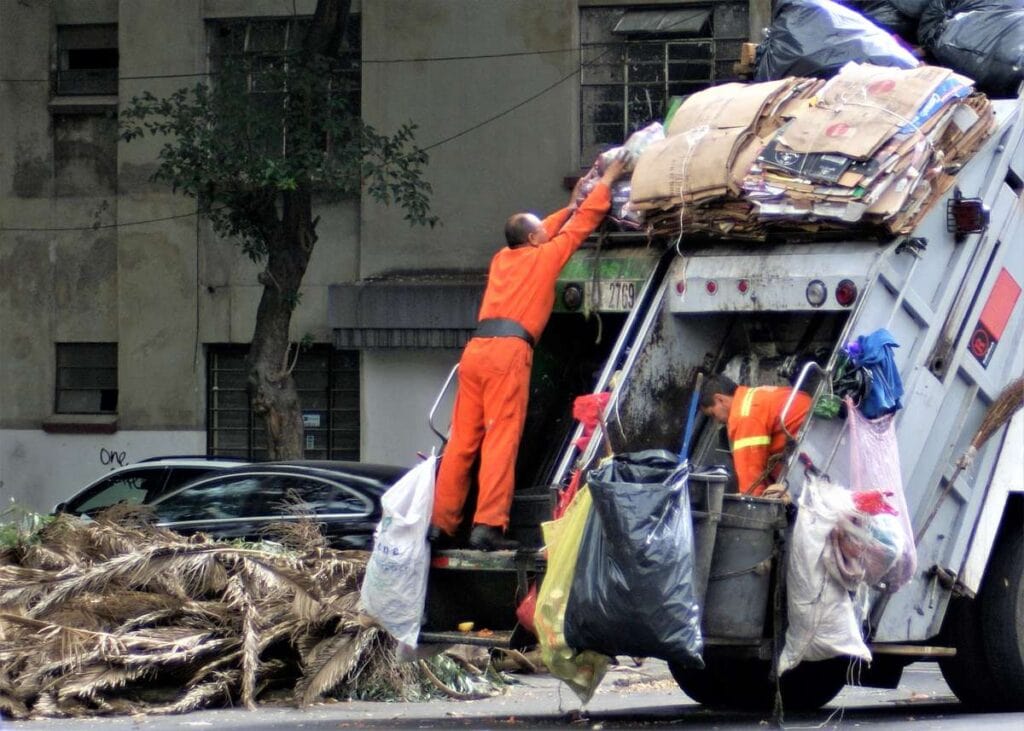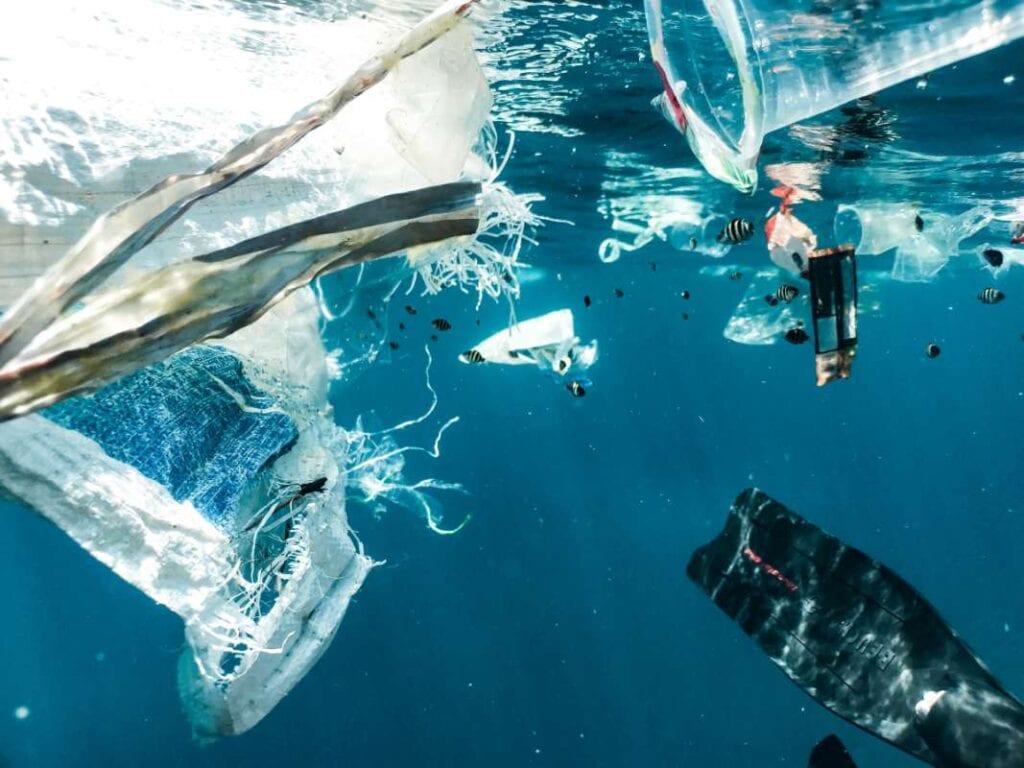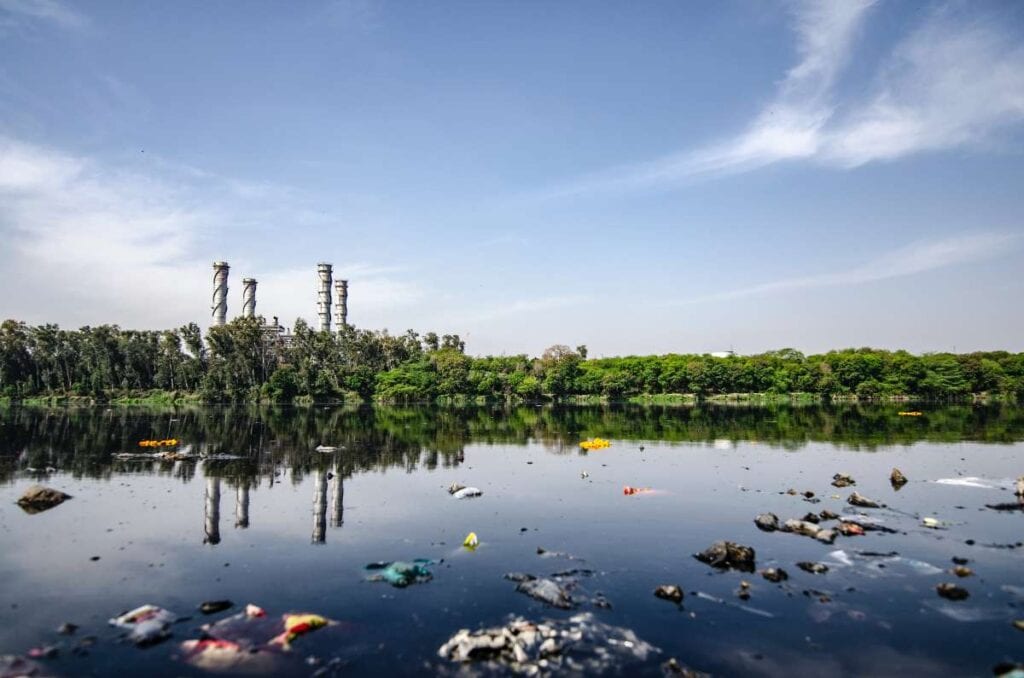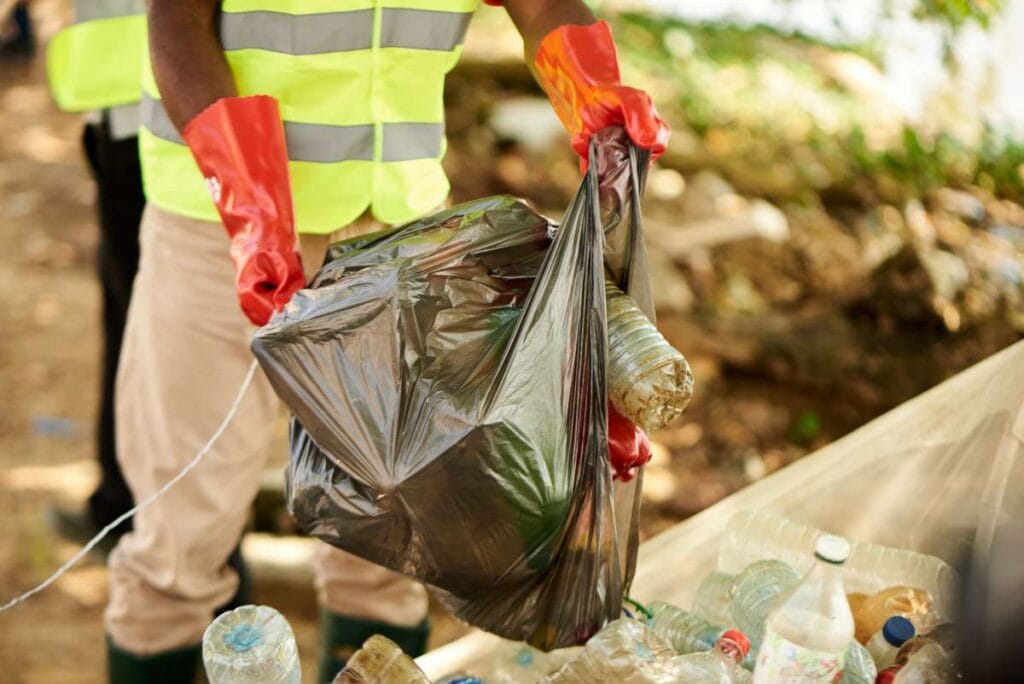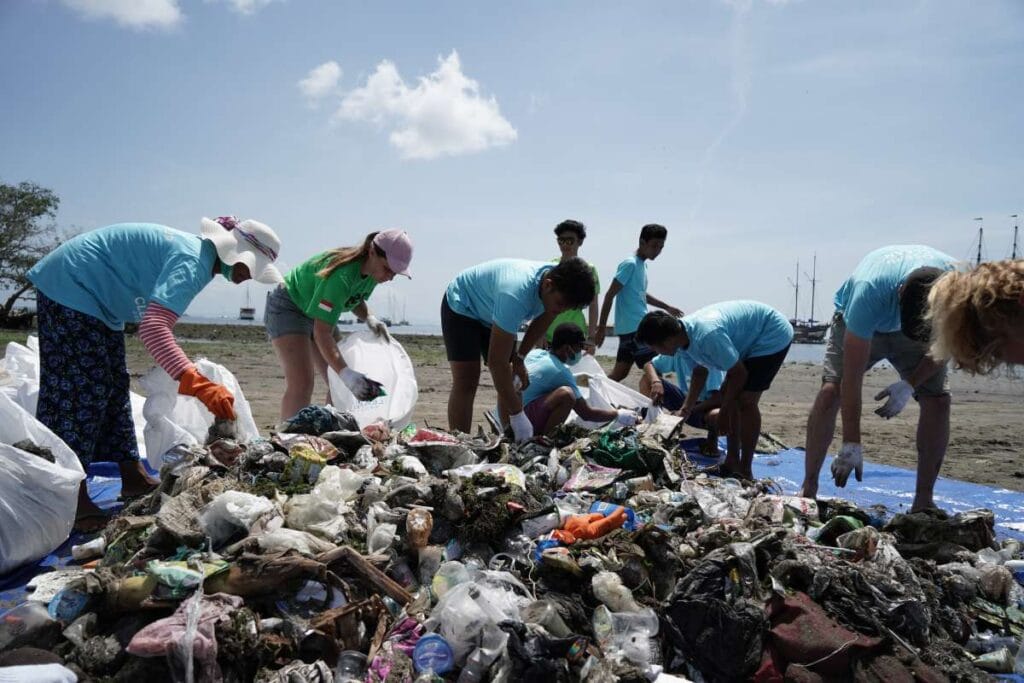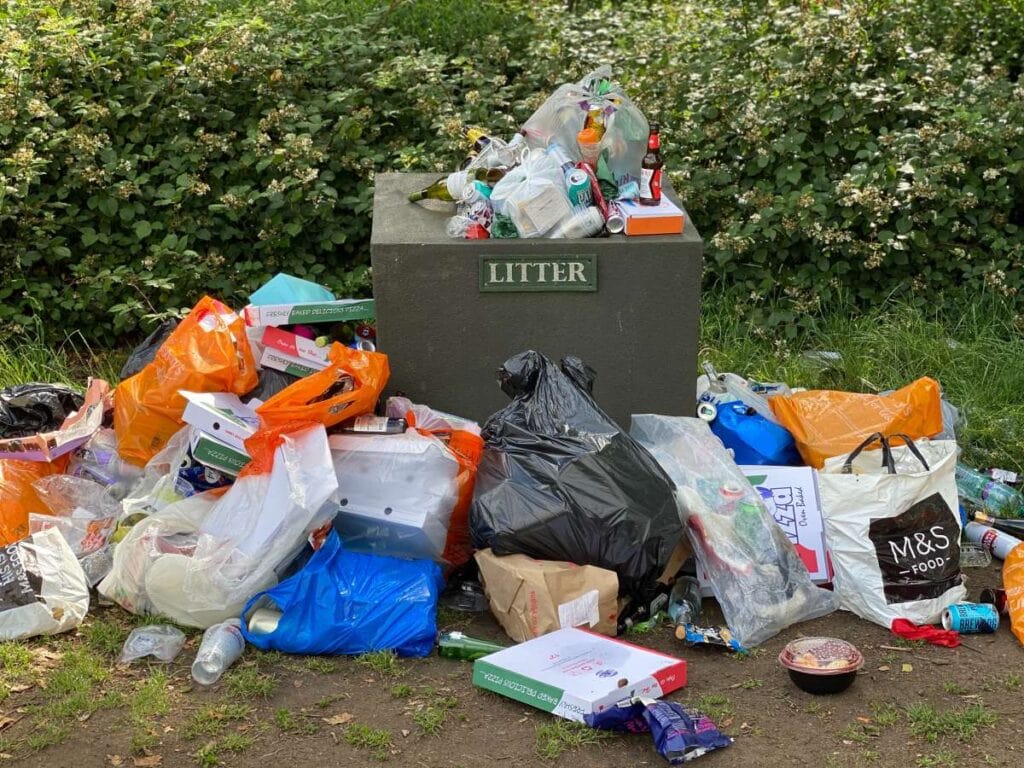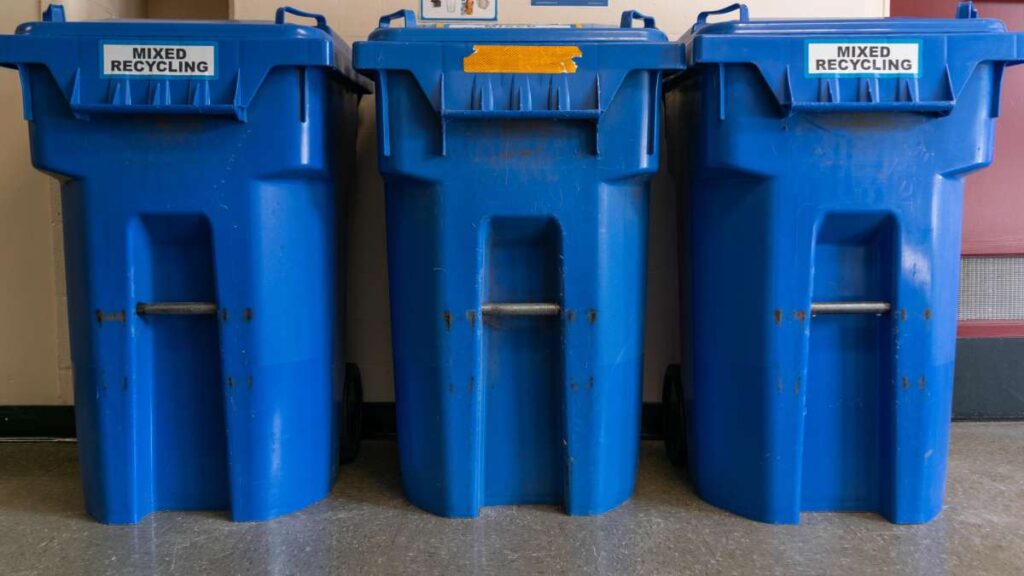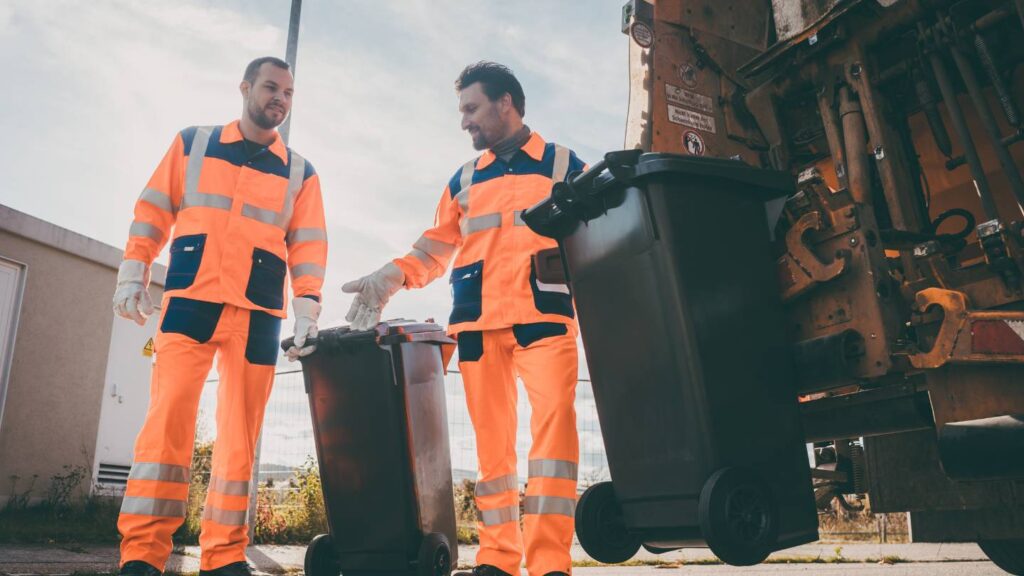Just try to put yourself in the shoes of someone who lives in a community where trash piles up frequently, resulting in unpleasant odours and the introduction of unwanted pests. Think of the potential dangers to your health that could be hiding in all that clutter. Keeping trash from piling up is essential to public health, so it's not something to take lightly. The health risks associated with improper trash disposal will be discussed in this talk.
We'll explore the many reasons why efficient garbage collection is crucial, from the risks posed by untreated trash to the repercussions on public health. With this knowledge in hand, we can safeguard our families and neighbourhoods from harm. Let's look into the dangers that lurk in unattended trash and learn why proper waste management is so crucial.
The Risks Of Improper Waste Disposal
Human Health
People depend on you to follow all rules and regulations when disposing of trash, including your employees, neighbours, and the general public. Why? Since the alternative endangers their health, obviously. Major consequences for human health can result from explosions, spills, and exposures. Exposures to harmful chemicals, infectious pathogens like antibiotic-resistant E. coli, heavy metals from industrial waste, and other contaminants through the municipal water supply are among the most pressing worries associated with inefficient waste management.
If your company fails to properly identify and dispose of hazardous materials, it could put the lives of its employees in danger from fires, burns, chemical reactions, and other hazards. If radioactive waste is improperly handled, it can cause serious harm, including burns and even cancer. Exposure to viruses like HIV and hepatitis B can occur if sharp medical waste is not disposed of properly.
Improper waste disposal can pollute water, air, and soil, causing widespread illness from diseases like cholera and dysentery. Harmful plant mutations caused by improper waste disposal can have an impact on food supplies. Human health is at risk, so it is imperative that generators are well-versed in the rules and regulations surrounding waste disposal.
How Improper Waste Removal Can Have Negative Consequences
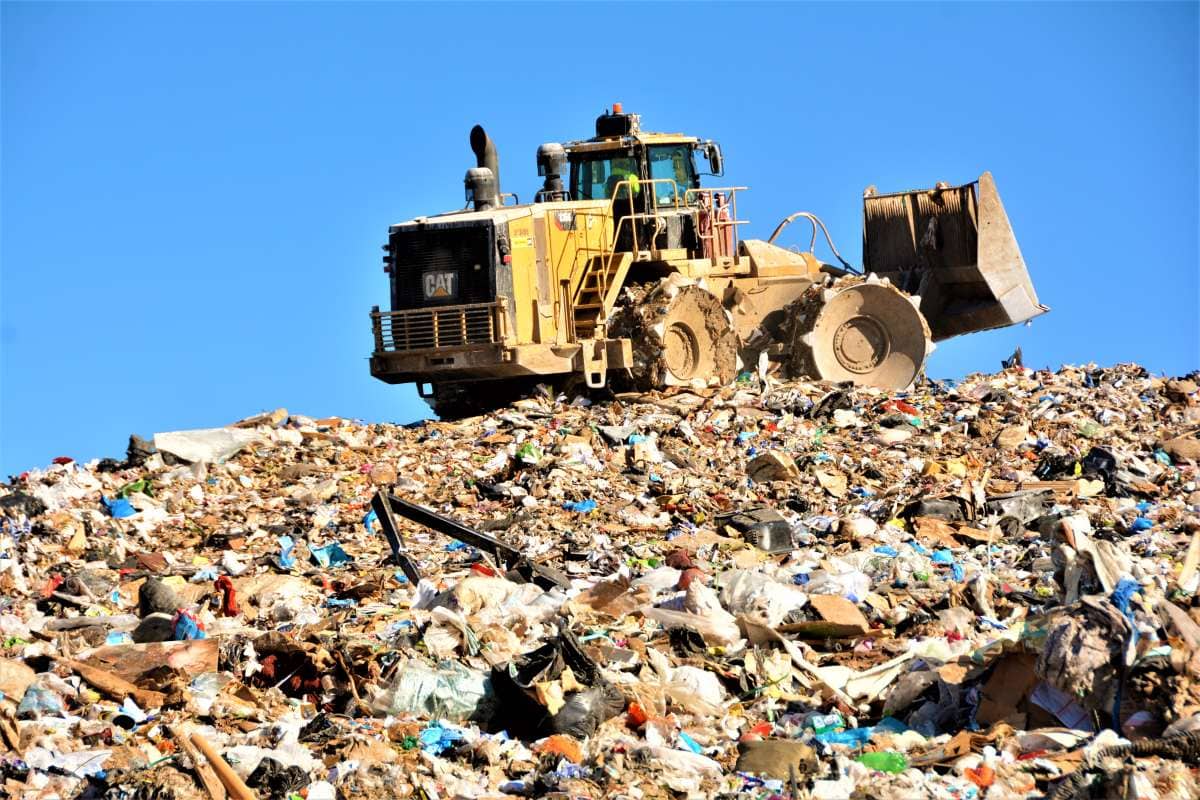
Human Danger
There are multiple ways in which improper trash disposal endangers people's health. Irritations to the skin, blood, and lungs, as well as reproductive problems, are just some of the health problems that can arise from living near a landfill or other waste disposal site. Hard waste that is carelessly dumped on the side of the road poses a threat to motorists and the safety of pedestrians, including children and pets.
Landfill Gases
The landfill incineration of some paper and plastic materials results in the release of gases and chemicals that can damage the ozone layer. The release of dioxins and methane gases from decomposing waste has a more direct and harmful effect on human health. Landfill gases released by decaying waste pose a secondary danger to nearby communities because of their explosive potential.
The Spread Of Life-Threatening Diseases
Landfills and sewage sites are breeding grounds for a wide variety of disease-carrying insects and rodents. Pests like rats thrive on the food scraps left behind at dumps, and they spread diseases like salmonellosis into human settlements.
Water Contamination
The groundwater table is also negatively impacted by the presence of hazardous materials in the soil. Many different activities rely on groundwater, from irrigation of local fields to bathing to, in some cases, drinking. Toxic chemicals in liquid form can seep into the ground and into water streams, contaminating both the water used to irrigate crops and the water used for human consumption. As a result, it eventually makes its way into the ocean, where it poses a threat to marine life.
Negative Health Effects Of Hazardous Waste

Respiratory Conditions
The mouth and throat are particularly sensitive to the irritating effects of being exposed to hazardous waste emissions. Asthma and other respiratory illnesses are clearly linked to the emissions of polluted air. There is a correlation between proximity to a hazardous waste site and an increased risk of respiratory illness, according to studies.
Heart Disease
Exposure to hazardous waste poses risks to human health beyond the respiratory system, including congenital heart disease in unborn children. Heart disease and other cardiovascular events are also made more likely by emissions from fossil fuels.
Cancer
Large-scale epidemiological studies have established a connection between cancer and exposure to carcinogens and other cancer-causing agents in hazardous waste, such as air pollution and pesticides. Unfortunately, it is also frequently encountered in domestic settings, with radon being a prime example.
Temporary Symptoms
Exposure to hazardous waste can cause acute health conditions, but not always in a way that causes long-term problems. One such chemical is xylene, which is commonly used in paints and solvents. Although xylene is not fatal in small doses, it can cause nausea, vomiting, and dizziness in humans.
Removing yourself from the exposure will alleviate these symptoms, and they won't stick around for long. However, chronic exposure to toxic levels of xylene can result in drowsiness and, in the worst cases, death. No matter how mild your symptoms may be, reducing your contact with hazardous waste is always preferable.
Reducing The Consequences Of Hazardous Waste
The government has put in a lot of effort to create regulations and educate the public about the hazards of being exposed to hazardous waste. They provide information about the chemicals of concern, the agencies responsible for regulating them, the health risks associated with exposure, and the people to contact for more details.
Protecting people from the health risks posed by hazardous waste requires a focus on long-term prevention rather than emergency response. You can do your part to reduce the accumulation of hazardous waste by taking simple measures at home, such as checking for potential dangers before discarding an item.
How Improper Waste Disposal Affects The Environment
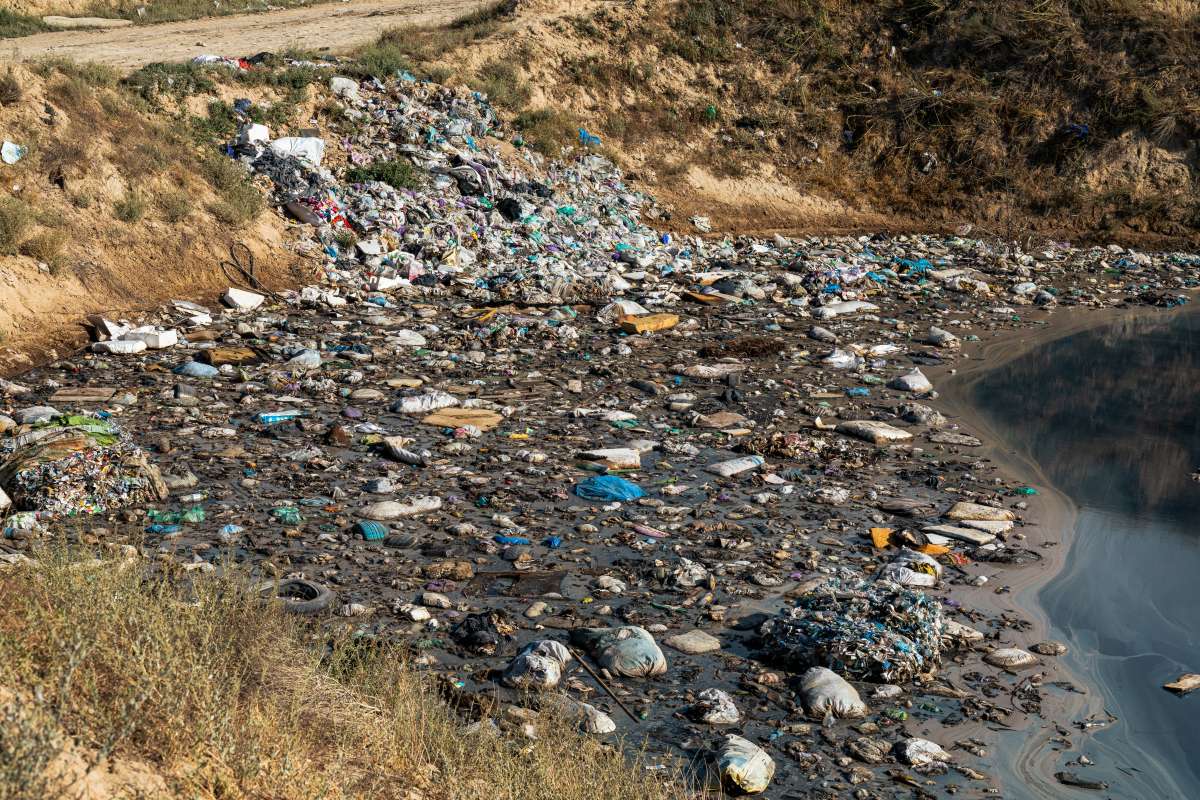
Land Pollution
Pollution of the land occurs whenever trash is dumped on unusable areas of land. Because of decay or time, the contents of this trash pile leak into the ground around it. Because of this, the soil and the surrounding area become contaminated and hazardous to human and animal health.
Water Pollution
Any garbage that doesn't make it to a dump or recycling centre eventually ends up in the water supply. It eventually decomposes in the ocean, where it contaminates the water and eventually kills off the marine life there. This procedure increases the water's toxicity, making both freshwater and any body of water unsafe for human consumption and swimming. Pollutants stay put and can taint other water supplies due to water's mobility and solubility.
Air Pollution
Since improper waste disposal has a significant impact on air pollution levels, learning about this phenomenon is crucial. Glasshouse gases accumulate in the atmosphere and cause significant global climate change; this is a well-established fact about air pollution. Excess gases entering the atmosphere from improper waste disposal contribute to these issues. The decomposition of garbage produces glasshouse gases like methane, which contributes significantly to climate change on a global scale.
Climate Change
The contribution and impact of pollution on the global climate is a major issue. The ozone layer is depleted in part due to the gases produced by waste. The resulting increase in sea level threatens billions of people's homes and natural habitats and worsens the weather.
Extreme Weather
Extreme weather and natural disasters have become more common as a result of climate change. Extreme weather events like tornadoes and floods have become more common as a result of global warming. Hurricanes, too, have become more common as a result of global warming.
Disease
Major diseases can thrive in untreated garbage piles. Waste dumps and polluted water are ideal breeding grounds for all kinds of nasty bacteria and parasites. The health of humans, animals, and plants is severely compromised by improper waste processing.
Plant Death
Most plants cannot survive in soil that has been contaminated by air or water pollutants. The rainwater itself can be deadly to plants, even if the soil itself is pristine.
Animal And Marine Death
Animals on land and in the water are just as susceptible to the dangers of garbage as they are to plants. Plastic pollution in the ocean kills sea turtles and fish, and wildlife is put at risk when it eats trash that contains toxins. Every day, improper waste disposal causes irreparable harm to ecosystems all over the world, resulting in the extinction of countless species.
Loss Of Habitats
Every species of animal is adaptable to a wide variety of habitats. This explains why certain species are restricted to certain regions. However, global climate change, which is exacerbated by trash, reduces the size of animal habitats. When their habitats shrink, animals like polar bears can no longer make the long journeys necessary to survive, and they eventually go extinct.
Lower Biodiversity
As species go extinct and crops fail, global biodiversity gradually declines. This is harmful to ecosystems because having less species diversity makes them more vulnerable to extinction events. Diseases can spread more quickly between populations of the same species, and fewer species overall are able to withstand environmental shifts.
Worsening Infrastructure
Waste causes a number of other changes in the world besides climate change; it is even a problem for infrastructure. The accumulation of trash in water systems has the dual effect of clogging drains and contaminating the water supply. Rats and other rodents, which thrive in unsanitary conditions, can multiply rapidly in polluted landscapes.
Radiation And Hazardous Materials
Radiation poisoning can occur in the areas surrounding radioactive waste if it is not handled properly, but this fact is not widely known. If businesses don't hire an industrial disposal service, hazardous materials and other contaminants could make their way into residential areas.
"Dead" Zones
The term "dead" space is rarely used to describe places like landfills, but that is exactly what they are. The larger and more numerous these fills become, the more trash and waste are deposited within them. These make areas unsuitable for anything besides trash and garbage, so they should be avoided at all costs.
FAQs About Rubbish Removal
Not removing rubbish properly can lead to a variety of health risks, including exposure to harmful chemicals, the growth of bacteria and fungi, the attraction of pests, and the risk of injury from sharp objects or falling debris.
Exposure to harmful chemicals from rubbish can lead to a range of health problems, including respiratory issues, skin irritation, and even cancer. When rubbish is not properly disposed of, chemicals can leach into the soil and water, which can then contaminate the air and our food supply.
Some common types of bacteria and fungi that can grow in rubbish include E. coli, Salmonella, and Aspergillus. These can cause illnesses ranging from stomach infections to respiratory issues.
Pests such as rodents and insects are attracted to rubbish because of the food waste and shelter it provides. These pests can carry diseases and contaminate surfaces, which can then lead to the spread of illnesses.
The risk of injury from sharp objects or falling debris can be reduced by ensuring that rubbish is properly contained and disposed of in a safe manner. It is also important to ensure that workers and anyone in the vicinity of the rubbish are wearing appropriate protective gear, such as gloves and hard hats.
Conclusion
This presentation addresses the dangers to public health from inappropriate trash disposal. The most immediate concerns connected with inadequate waste management are exposures to toxic chemicals, pathogenic microorganisms, heavy metals from industrial waste, and other toxins through the municipal water system.
Aside from endangering workers from fires, burns, chemical reactions, radioactive waste, and viruses, improper waste disposal also pollutes water, air, and land, and has an effect on food sources. It is crucial that those responsible for producing waste are familiar with the legislation that govern their actions. Negative effects on human health can result from improper waste evacuation, including irritation of the skin, blood, and lungs, infertility, and the spread of potentially fatal illnesses.
Damage to the ozone layer, the introduction of deadly pathogens, water contamination, respiratory illnesses, cardiovascular disease, and cancer are all possible outcomes. Liquid forms of toxic chemicals pose a threat because they can seep into the ground and into water streams, potentially contaminating both irrigation water and drinking water.
Acute symptoms from contact with hazardous waste include nausea, vomiting, and dizziness; however, prolonged exposure to lethal levels can cause lethargy and even death. The government has issued rules and provided public education to lessen the impact of hazardous waste. Checking for potential dangers before discarding an item is one easy thing people can do at home to avoid the accumulation of hazardous trash.
Polluting the soil and water supplies, decimating marine life, and raising the toxicity of the water are all negative effects of improper trash disposal. When it comes to global climate change, extreme weather, disease, plant mortality, animal and marine life loss, and the destruction of habitats, air pollution is a key contributor.
The release of glasshouse gases like methane from improper waste management significantly increases air pollution. Waste-generated gases also contribute to ozone depletion, which in turn causes climate change effects like rising sea levels, more frequent and severe weather events, increased susceptibility to illness, extinction of plant and animal species, and the destruction of marine ecosystems. Ecosystems are becoming increasingly vulnerable to extinction events and diseases as global biodiversity declines.
Clogged drains and water contamination are only two of the many infrastructural issues caused by trash. Dead zones are unfit for anything other than trash and junk, and improper handling of radiation and hazardous materials can lead to poisoning.
Content Summary
- Trash piling up frequently in communities leads to unpleasant odours and attracts unwanted pests.
- Improper trash disposal poses significant health risks to the public.
- Efficient garbage collection is crucial for maintaining public health.
- Untreated trash can contain harmful chemicals, infectious pathogens, and heavy metals.
- Improper handling of hazardous materials can endanger the lives of employees, leading to fires, burns, and chemical reactions.
- Radioactive waste, if mishandled, can cause burns and cancer.
- Improper disposal of medical waste can lead to exposure to viruses like HIV and hepatitis B.
- Improper waste disposal can result in water, air, and soil pollution, leading to diseases such as cholera and dysentery.
- Improper waste disposal can cause harmful plant mutations, affecting food supplies.
- Living near a landfill or waste disposal site can lead to skin, blood, and lung irritations, as well as reproductive problems.
- Carelessly dumped waste on roadsides poses a threat to motorists, pedestrians, children, and pets.
- Landfill incineration releases gases and chemicals that can damage the ozone layer.
- Decomposing waste produces dioxins and methane gases, which are harmful to human health.
- Landfills and sewage sites are breeding grounds for disease-carrying insects and rodents.
- Improper waste disposal can contaminate groundwater, impacting irrigation and drinking water sources.
- Hazardous waste emissions can lead to respiratory conditions and an increased risk of respiratory illness.
- Exposure to hazardous waste increases the risk of heart disease and other cardiovascular events.
- Hazardous waste exposure is linked to cancer, including air pollution and domestic exposure to radon.
- Acute health conditions can result from exposure to hazardous waste, causing temporary symptoms.
- Government regulations and public education aim to protect people from hazardous waste risks.
- Long-term prevention is key to reducing hazardous waste accumulation.
- Simple measures at home can help reduce hazardous waste, such as proper item disposal.
- Improper waste disposal leads to land pollution, contaminating the soil and posing hazards to human and animal health.
- Garbage that doesn't reach proper disposal sites contaminates water supplies, impacting freshwater and marine life.
- Improper waste disposal contributes to air pollution, including greenhouse gases that affect climate change.
- Pollution from waste contributes to the depletion of the ozone layer and threatens homes and habitats due to rising sea levels.
- Climate change caused by improper waste disposal leads to more frequent extreme weather events.
- Disease-carrying bacteria and parasites thrive in untreated garbage piles and polluted water.
- Improper waste disposal results in plant death and the extinction of species.
- Trash accumulation affects infrastructure, clogs drains, and contaminates water systems, while hazardous materials can pose radiation risks.

